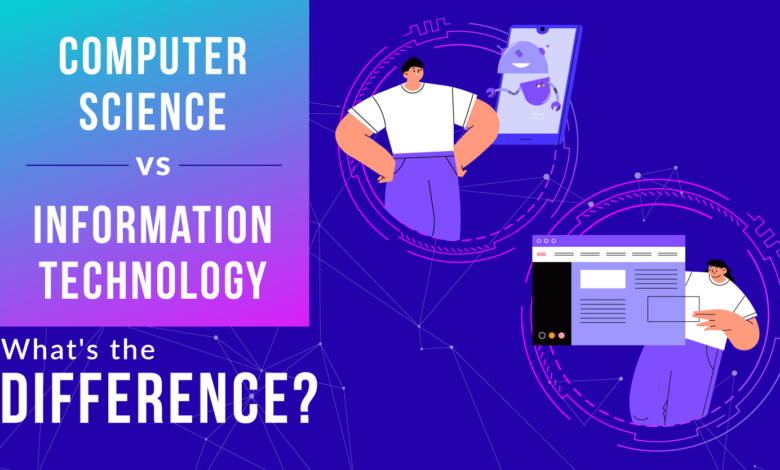
Defining Science
Science is the systematic study of the natural world. It involves observation, experimentation, and analysis. Scientists seek to understand how things work by forming hypotheses, conducting experiments, and drawing conclusions based on evidence.
Branches of Science
Science is divided into several branches, including:
- Biology: The study of living organisms and their environments.
Each branch uses specific methods and approaches to explore its respective fields.
Defining Technology
It encompasses tools, systems, and processes that help solve problems and improve our quality of life. Technology is about making things work better and more efficiently.
Examples of Technology
- Computers: Devices that process information and perform tasks.
- Medical Devices: Instruments that assist in diagnosing and treating illnesses.
- Transportation: Systems and vehicles that facilitate movement.
- Communication Tools: Platforms that enable information exchange, like smartphones and the internet.
Technology evolves quickly, often driven by the latest scientific discoveries.
The Relationship Between Science and Technology
While science and technology are distinct, they are closely related. Science provides the knowledge that fuels technological advancements, and technology can, in turn, enhance scientific research.
How Science Influences Technology
Scientific discoveries often lead to new technologies. For example:
- Physics and Electronics: Discoveries in physics have led to the development of semiconductors, which are crucial for computers and smartphones.
- Biology and Medicine: Understanding the human body has resulted in advanced medical technologies, such as MRI machines and genetic engineering.
How Technology Supports Science
Conversely, technology plays a vital role in advancing scientific research. For example:
- Research Equipment: Instruments like telescopes and microscopes allow scientists to observe phenomena that are otherwise invisible.
- Data Analysis Tools: Software can analyze large datasets quickly, making it easier for scientists to draw conclusions from their experiments.
Key Differences Between Science and Technology
Despite their interdependence, science and technology differ in several ways:
1. Purpose
- Science: Aims to understand the natural world and gain knowledge.
2. Approach
- Science: Relies on the scientific method—hypothesis, experimentation, observation, and conclusion.
- Technology: Involves design, development, and implementation to solve problems.
3. Nature of Outcomes
- Science: Produces theories and laws that explain phenomena.
- Technology: Produces tangible products and processes that improve lives.
4. Timeframe
- Science: Often requires years of research before new theories are accepted.
- Technology: Can be developed rapidly in response to immediate needs.
The Impact of Science and Technology on Society
Both science and technology have profound effects on our daily lives. They shape our understanding of the universe and influence our quality of life.
Advancements in Medicine
Scientific research has led to breakthroughs in medical technology. Vaccines, advanced imaging techniques, and robotic surgeries are just a few examples. These innovations save lives and improve health outcomes.
Communication and Information
Technology has revolutionized how we communicate. The internet, smartphones, and social media have transformed our interactions. This evolution is rooted in scientific advancements in electronics and telecommunications.
Environmental Awareness
Science has helped us understand environmental issues like climate change. Technology provides solutions, such as renewable energy sources and pollution control methods. Together, they promote sustainability and conservation.
Challenges and Ethical Considerations
While science and technology bring many benefits, they also pose challenges. Ethical dilemmas arise, particularly in fields like genetics and artificial intelligence. Questions about privacy, safety, and societal impact must be addressed.
The Role of Ethics in Science and Technology
As advancements continue, the importance of ethical considerations cannot be overstated. Scientists and technologists must work together to ensure that their innovations benefit society as a whole. This involves collaboration among researchers, policymakers, and the public.
Conclusion
Understanding the difference between science and technology enriches our perspective on both fields. seeks to explain the world around us, while technology applies that knowledge to create solutions. Their relationship is symbiotic, driving progress in various sectors.
As we navigate the complexities of the modern world, recognizing the distinctions and connections between science and technology can help us appreciate their roles in shaping our future. By fostering a dialogue between the two, we can ensure that advancements serve the greater good, paving the way for a better tomorrow.




